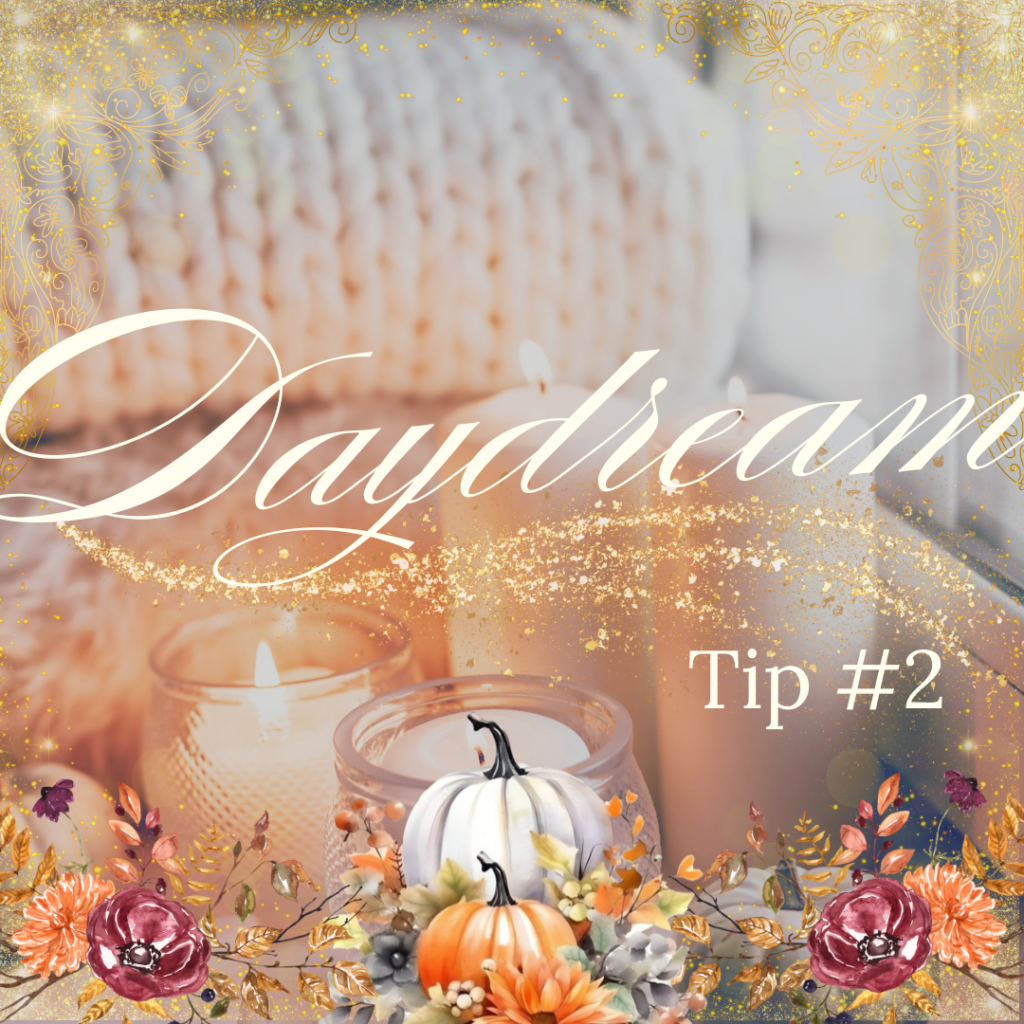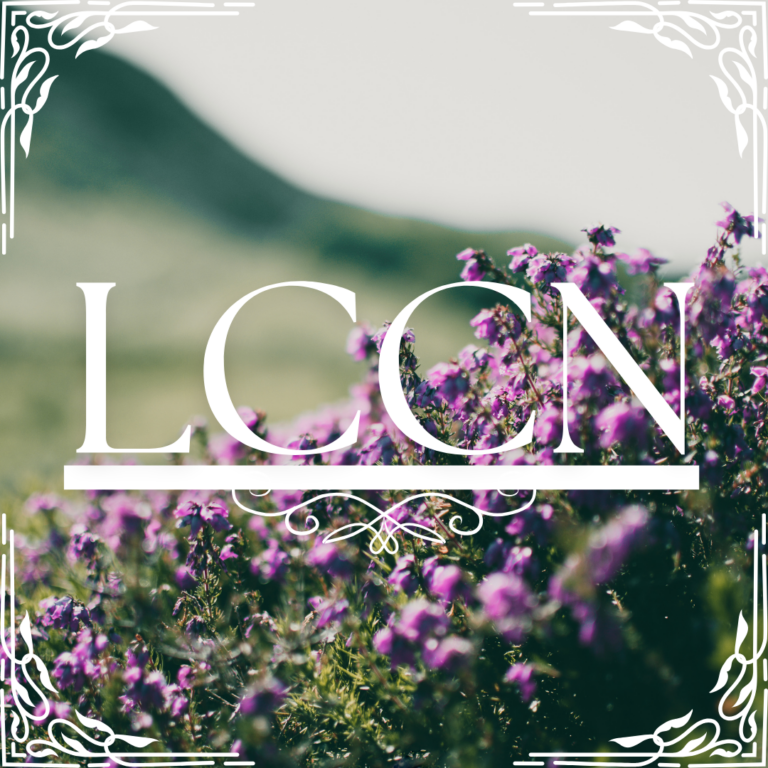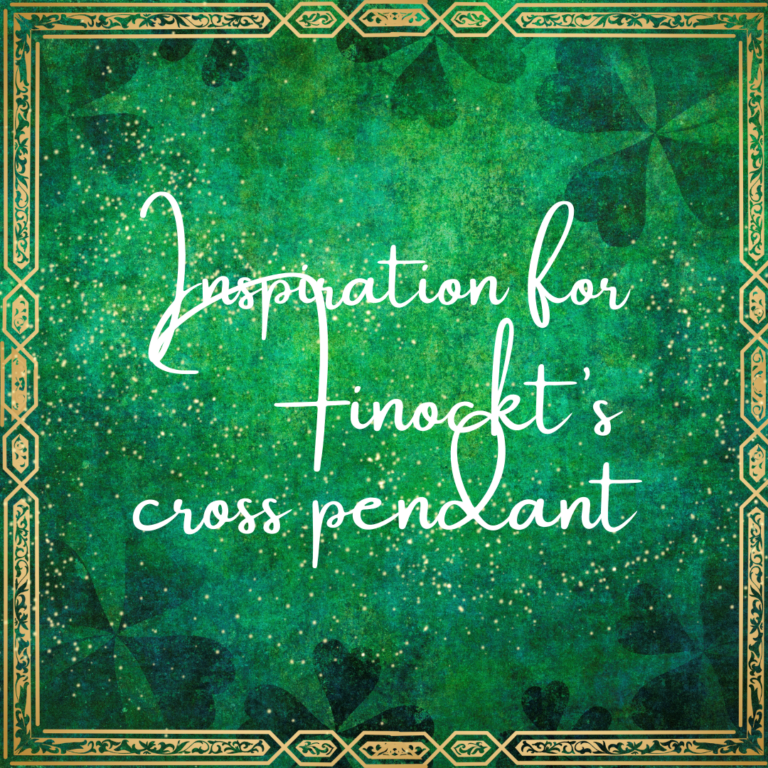Daydream Tip#2

Dear Storyteller,
Daydream is Tip#2!
A simple tip, but I feel it is an exceptionally important one. Why is it exceptionally important? Come along with me and discover my top two personal reasons why daydreaming is an essential part of commencing your story.
Reason Number One…
Much like you would utilize brainstorming in your high school or college English course before diving into penning that important essay or research paper, think of daydreaming as the “brainstorming” version for fiction writing. The rabbit trail that leads you into all the hollows and burrows of your mind where your story is hiding. Or, as I like to term it-the layers of your story…
Letting your mind envision everything that encompasses your story is essential to laying the groundwork for what story you actually wish to tell. The more you can visualize and navigate the world you’re creating for yourself (and for readers), the more you can draw inspiration from your daydream for your actual writing. Transferring your daydream to the computer screen should then be a lot easier. You see the story playing out before you. Now all you have to do is describe to yourself what you’re actually seeing. And voilá! That heart-stopping, action-packed adventure filled with mystery, a dash of romance, and some serious hand-to-hand combat that you literally just daydreamed about will make it onto the page and thus into your reader’s heart and mind, providing them with a non-stop action scene that they can visualize so clearly, they won’t be able to discern reality from fantasy. What makes your heart skip a beat will now make theirs skip a beat, too.
Reason Number two…
My other reason for daydreaming prior to penning your fictional masterpiece is that it alleviates the pressure of seeing a blank page staring you in the face. Whether intentional or not, sitting down at the computer or holding a notebook in your hands can elicit a lot of anxiety regarding what words to write, where to start, how to progress, and how to keep the momentum going. Or even just choosing the opening words to that dreaded first chapter…ug!
While you might have a great idea swirling around in your head, just having the idea bouncing around, waiting to get out, doesn’t always translate to actual cohesive words on a page. Or, in some instances, the idea may just spring onto the page, however, it’s easy to lose traction regarding how you want the story to progress. Perhaps we can use a little quirky mantra to get us through this stage of storytelling, like, when in doubt, dream it out. Does that sound quirky and corney enough to remember? I have a similar saying for editing…which I’ll share much later…but for now…let your imagination soar. And when in doubt, dream it out. This is a bonus tip within Tip#2, and one I hadn’t intended on sharing! 🙂
But where to start?
So, do you dream up the whole entire story all at once? Or do you take bits and pieces until you formulate a story that overwhelms you with an intense-almost frantic-desire to get that story out?
Answer…
I’d definitely say the latter! Start small. Daydream about a scene. It can be any scene. You may not even know where this scene you’re daydreaming about fits into your story. It could end up in the middle, at the beginning, or even at the end, but don’t sweat it. Don’t stress about it. Just envision it, and let the story unfold from there. Decide where the scene belongs after you’ve perfected what happens in this particular snippet of your newly-forming story.
What if a scene is even too much?
My encouragement to you is to come up with a fledgling idea then and foster your idea through daydreaming instead. Cultivate it by relaxing and allowing the layers of your story to build in your mind. And definitely don’t overthink it. If you do, you’ll find the “brainstorming” cloud fizzles out, and you’re right back to square one: trying to pull together the story in the first place, all because you placed too much pressure on yourself.
Have you paused just now and are you currently wondering what to do if you’re more of a concrete learner?
If you have a more difficult time visualizing the “brainstorming” portion of your story via daydreaming, then use something still visual but more concrete, like, say, a mind mapping or spider mapping sequence. I think these are the modern-day terms for this sort of thing. I confess, things were quite different when I attended school, but let’s not date myself…okay…so, on with it…start with your general story concept in the middle and then branch out from there by listing all the things you want your story-or, ahem, particular scene- to include.
Ex. princess is the main concept. Then branch out:
young woman at a castle–>time period (medieval, Renaissance, 20th century, etc)–>who is she?–>country/world she’s from (fantasy or modern)–>why do we care about her?–>what’s her story?–>what’s the intrigue?
You get the picture. You’ll definitely have to fill in the last four questions yourself, but again, whether your daydreaming or need something more concrete, you can use either technique to achieve the same results…just in a slightly different manner.
Now let’s get back to what I like to consider the layers in storytelling via daydreaming.
How to build the layers of your story…
Start with the basics and start very simple, i.e. who’s in the scene. Pick one person. For most, that would be the protagonist.
I briefly touched on how I personally built the layers to my own debut novel in my blog post The Writer’s Nook: An Introduction (you can read it here). For certain, I didn’t come up with Finockt’s entire story in one sitting…or even the entirety of Book 1 in one sitting. Some writers might be able to, and if so, that’s awesome! Kudos to you! But I think for most writers-particularly first-time writers- the ideas come gradually. They’re nourished in our minds, the layers building one over the other, until the story takes better shape…almost like a potter molding clay into something special. It takes time and patience…and skill, all of which I know you have, or otherwise you wouldn’t be here reading what I have to say. I anticipate, if you’re reading this, it’s because you really want to take the time to convey your own story in the best possible way, and I hope my simple ideas help you move forward and achieve that noble goal. You’ve got a story to tell, and there are readers who want to experience it! (More on this idea of experiencing versus reading in another post).
Here’s a more in-depth look at how I built the layers for my own debut novel…
I started little by little. Each time I added to what I’d envisioned the previous day. So, for Book 1, I envisioned Finockt in what is now Chapter 7 of The Lost King’s Daughter. That was it. Just Finockt and a dark and stormy wood.
As I’ve mentioned before, I love Braveheart, and to ease myself to sleep after the stress of a long day of classes at university and studying, I’d listen to this soundtrack before drifting off to sleep. As the tracks progressed from the sweet and innocent and the romantic to the thundering intensity of battle scenes, I found myself daydreaming about an escape. Tracks 5 & 6 of Braveheart corresponded with the events that occured in Chapter 7 of The Lost King’s Daughter. And that’s it. Initially, that’s literally all I had for my scene: Finockt (with no name at the time) and a need to escape.
The next day, I added to it. Why did she need to escape? I couldn’t wait to figure out the why. I settled in that night, daydreamed about it, and my why became my Celtic cross necklace I love so much. So now I had 3 layers to my scene: Finockt, the need to escape, and a pendant. But not just any pendant…a broken pendant…which led to another why…and created yet another layer to the scene and ultimately the story itself.
To further progress this particular scene and my story as a whole, I had to ask myself why Finockt needed to escape with the necklace. Layer upon layer quickly formed because all this led to who was after her, why they were after her, what did they want from her, why did they want it, etc. The layers just kept building!
What then?
Once I’d solidifed my scene, discovered the juicy layers of mystery, intrigue, and the harrowing need to escape from the enemy, I worked backwards, asking myself how did she get to this point and where did she come from. This part was a little trickier, but I had a goal in mind. Get Finockt from the beginning of her story, who she was, where she came from, and why she was where she was, to the scene that should build a lot of angst fear, and suspense in readers, and pull from them a lot of investment into the story itself (hopefully, anyway!).
What happens after reaching my goal? what happens after I daydream my scene?
Let it all ride. Let the story take you where it needs to go. Don’t steer it. And definitely don’t plan too much (I’ll touch more on this in a later post). As you write, let your mind continue to daydream. I can’t reiterate it often enough: Don’t think too much. Your mind knows the story, you just need to get out of the way of it, if that makes sense?
Your turn!
You’ve got the talent…now you have another technique to draw it out! Your mission for this week, should you choose to accept it, is this: If you’re itching to write a story and you’ve been sitting on a brilliant idea for a long while, start daydreaming it! Add the layers day by day and see where it takes you. And if you’re up for it, by the end of this week, shoot me an email and let me know how far you’ve gotten!
What do you think of this tip?
I do hope Tip#2 was helpful for laying the groundwork of your story and was potentially an unconventional means of helping you create and fashion your own story or an idea for one. I also hope it is something you feel you can add to your writer list of essentials.
I’ve heard about several writers who have turned actual dreams they’ve had into a story. Examples would be Stephanie Meyers’ Twilight, and more recently, I heard that director James Cameron dreamed about the final ending to what now constitutes The Terminator. But I’ve never actually had anyone touch on the intricacies of daydreaming a story to life. Something that’s really in the here and now.
So feel free to share your thoughts on Daydream Tip#2. I’d love to hear how you felt when you finished this post and what your thoughts were; and most especially, if you were super anxious to get to bed right after and start your own daydreaming adventure!
Until next time…I’m definitely wishing you many happy hours of daydreaming! Pleasant dreams, Storyteller, and God bless xoxo





